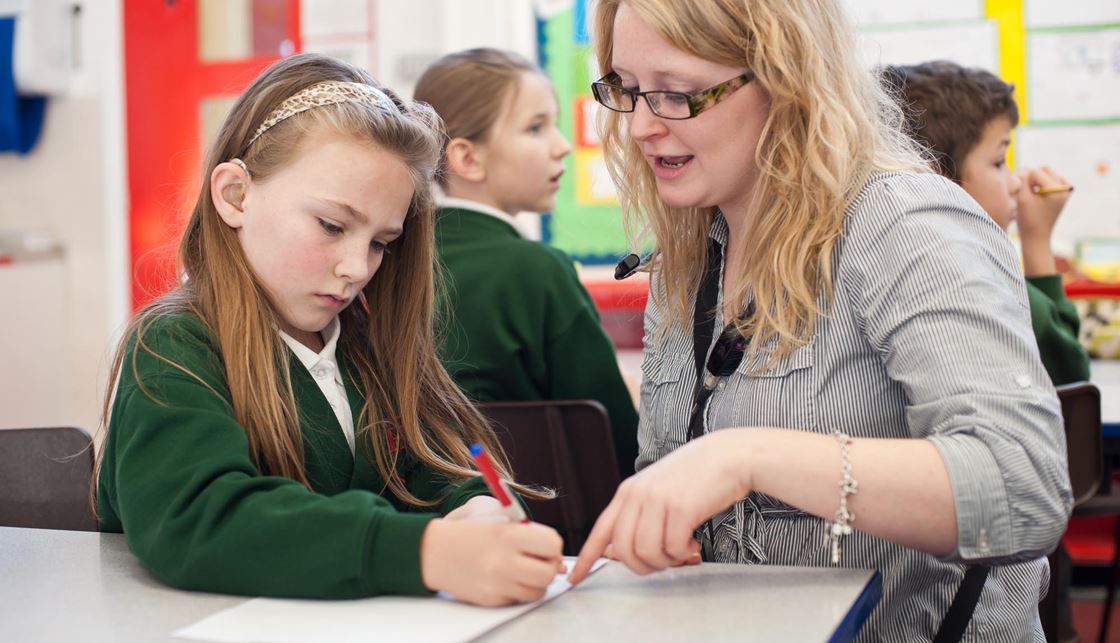
Hearing impairment is a common condition among children that can significantly impact their ability to communicate learn and socialize with others. Fortunately, with the advancements in technology there are now various assistive technologies that can help learning for deaf children and enhance their quality of life, so let’s explore some of the most useful assistive technologies for children with hearing impairment and how they can benefit from them.
Hearing Aids
Hearing aids are the most commonly used assistive devices for children with hearing impairment because these devices amplify sound and make it easier for children to hear and understand speech music and other sounds. Hearing aids come in different types and styles such as behind-the-ear in-the-ear and completely-in-canal. They can also be customized to meet the specific needs of each child based on their level of hearing loss, age and preferences.
Cochlear Implants
Cochlear implants are another type of assistive technology that can help children with severe to profound hearing loss. Unlike hearing aids that amplify sound cochlear implants bypass the damaged parts of the ear and directly stimulate the auditory nerve allowing children to perceive sound more clearly. Cochlear implants consist of two parts: an external device that captures sound and an internal device that sends signals to the auditory nerve. While cochlear implants require surgery and rehabilitation, they can provide significant benefits for children with severe hearing loss especially in noisy environments.

Assistive Listening Devices
Assistive listening devices (ALDs) are electronic devices that can enhance the listening experience for children with hearing impairment in specific situations such as in classrooms, theaters or group settings. ALDs work by capturing sound from a microphone or other sound source and transmitting it wirelessly to a receiver that the child can wear or carry. Some examples of ALDs include FM systems, soundfield systems and loop systems. ALDs can help reduce background noise, improve speech clarity and increase the signal-to-noise ratio making learning for deaf children easier.
Captioning and Subtitling
Captioning and subtitling are technologies that provide visual text versions of spoken or recorded content such as movies, TV shows or online videos. Captioning refers to text that displays the spoken words, sound effects and other auditory information in real-time while subtitling provides a translation of the spoken language into another language. Captioning and subtitling can benefit children with hearing impairment by providing them access to audio content that they might not be able to hear or understand otherwise.





